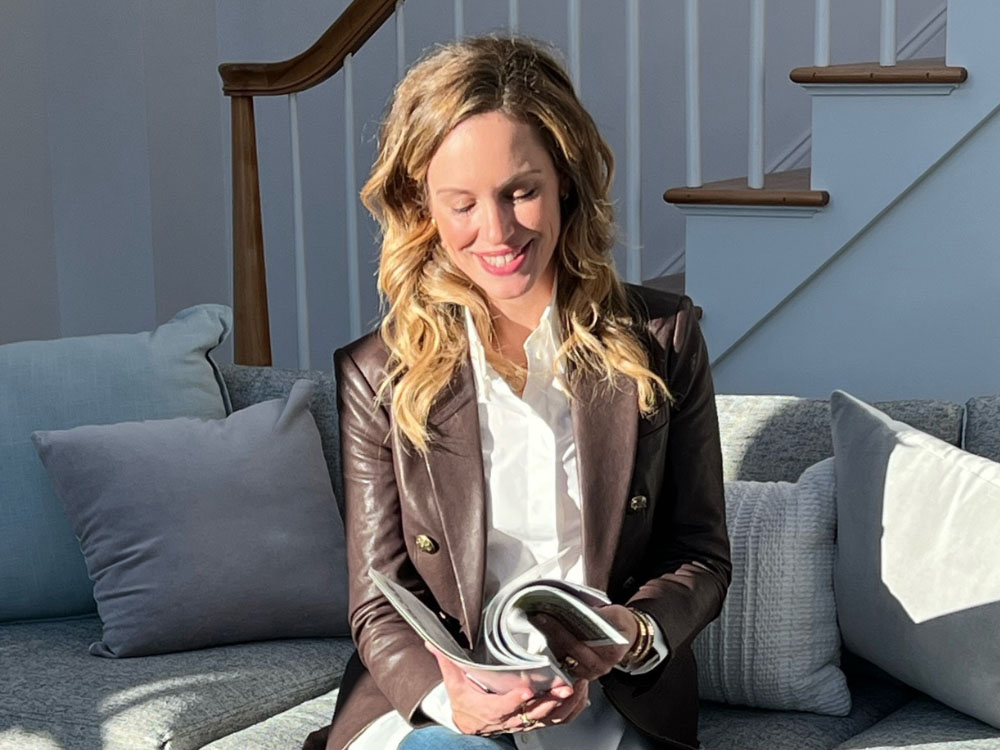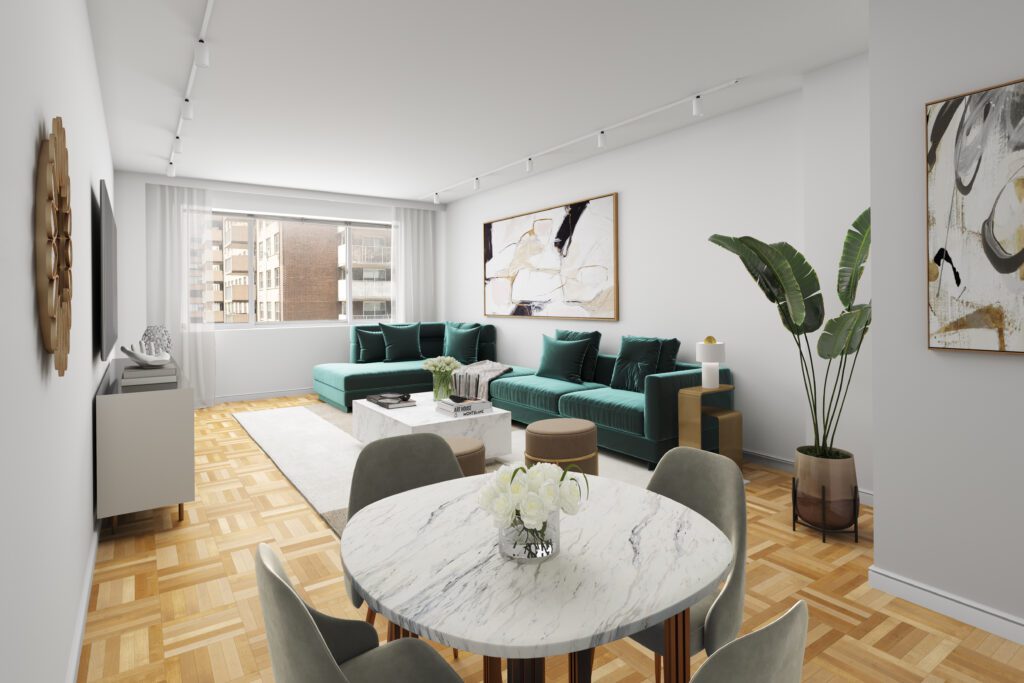A property’s value can shift depending on which lens you see it through: price per square foot, comparable analysis, or replacement cost, to name a few. While capitalization rates (cap rate) are another way to value a home, they’re not usually the first measurement a homeowner thinks they should be concerned with. I think that’s a mistake.
I’d argue that to have a pulse on this measurement for your properties is to open the horizon for the future of your financial life.
Here, I’ll explain why.
A quick cap rate definition
To calculate the cap rate for a property, you first need to know the Net Operating Income, or NOI. This is the revenue the property generates minus the cost of running and maintaining the property. If you rent (or could rent) an apartment for $5,000 a month and your mortgage and HOA fees come out to $4,000, the NOI is $1,000.
These numbers will include different specific items depending on whether you’re talking about a single-family home or a rental, or a multi-unit property, but the basic concept remains the same.
Then you need to know either the market value of the home or the amount the owner paid for it. Let’s say this property is worth $500,000.
To find the cap rate, take the NOI and divide it by the current value or purchase price., and then multiply that number by 100 to get a percentage. For our example, the half a million dollar property with the thousand-dollar positive cash flow every month has a cap rate of .2%.
The answer you get tells you how much of the home’s market value (or cost) is capable of generating revenue.
The importance of cap rate
On the surface, it seems like a property with a higher valuation would have a higher cap rate, and therefore a higher cap rate is desirable. Higher cap rate = higher yield, right?
But let’s look at it more closely.
For starters, we cannot control the market. We can only watch what it does and make educated guesses about where it may go in the not-too-distant future. This means that a property with a higher valuation today, may not stay that way forever.
Even if it does, or even if the value increases over time, this is only one part of the equation. In the luxury market, the cost of running the property could be just as proportionately high, meaning a lower NOI.
The way the math works out is that a home with a higher valuation and a lower NOI will amount to a lower cap rate. Many investors like a lower cap rate, because it’s less risky for their investment, meaning it has a greater potential for growth in the future. At least, in theory.
The benefit of a higher cap rate is that the initial yield will be higher, and this might compensate in a situation where an investor is unsure of the growth potential. So, basically there is no universally “good” cap rate. An attractive cap rate will depend on a number of factors, including the perspective and plans of the investor.
Benefits of knowing your cap rate
At this point, you may be sitting in the kitchen of the home you own with your cup of coffee wondering why in the world you should care about cap rates, since you’re not planning on moving any time soon. I’m here to remind you that while you may not have thought so at the time, when you purchased your home, you made an investment in your future.
Even if you purchased your property as a primary residence, I’d encourage you to find out your cap rate, on this and any property you buy. Because one day, you may be able to afford to hang on to it as a rental.
It may be time to switch from seeing yourself as a homeowner to envision your future as a real estate investor. Your cap rate will help you do just that.


